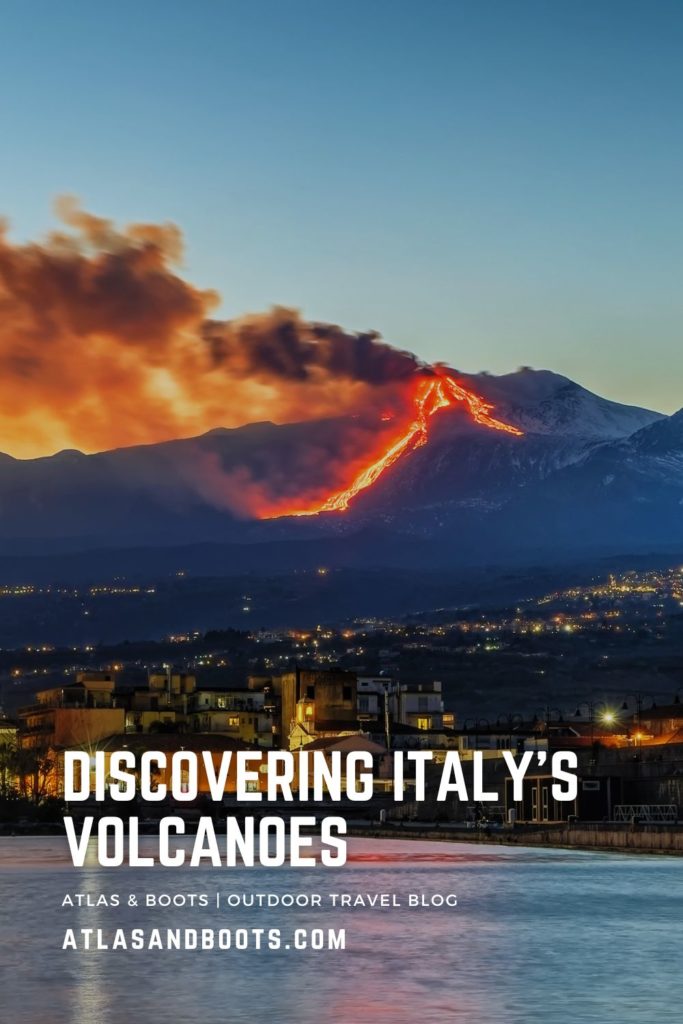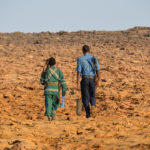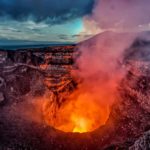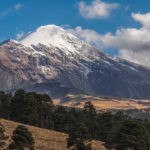From the iconic silhouette of Mount Vesuvius to the explosive Stromboli, Italy’s volcanoes are as diverse as they are awe-inspiring
Italy, a land of timeless beauty, is not only home to some of the world’s most captivating art, cuisine and architecture but also numerous volcanoes, which have played a central role in Italian life for millennia.
Ancient civilisations revered them as sacred sites, attributing their eruptions to the wrath of gods. Over time, these mountains became key players in Italy’s history, leaving marks on its land and people. Beyond their destructive power, Italy’s volcanoes have also provided fertile soil for agriculture, particularly in regions such as Sicily, where vineyards and orchards thrive in the volcanic soil surrounding Mount Etna.
Italy’s Volcanoes: a journey into Earth’s fiery core
A visit to Italy isn’t truly complete without experiencing its volcanic heritage. These fiery giants are more than just geological phenomena – they are storytellers of ancient myths, witnesses to civilisations past and providers of fertile lands. They have shaped the country’s history, culture and landscapes, offering a unique blend of natural beauty and untamed power.
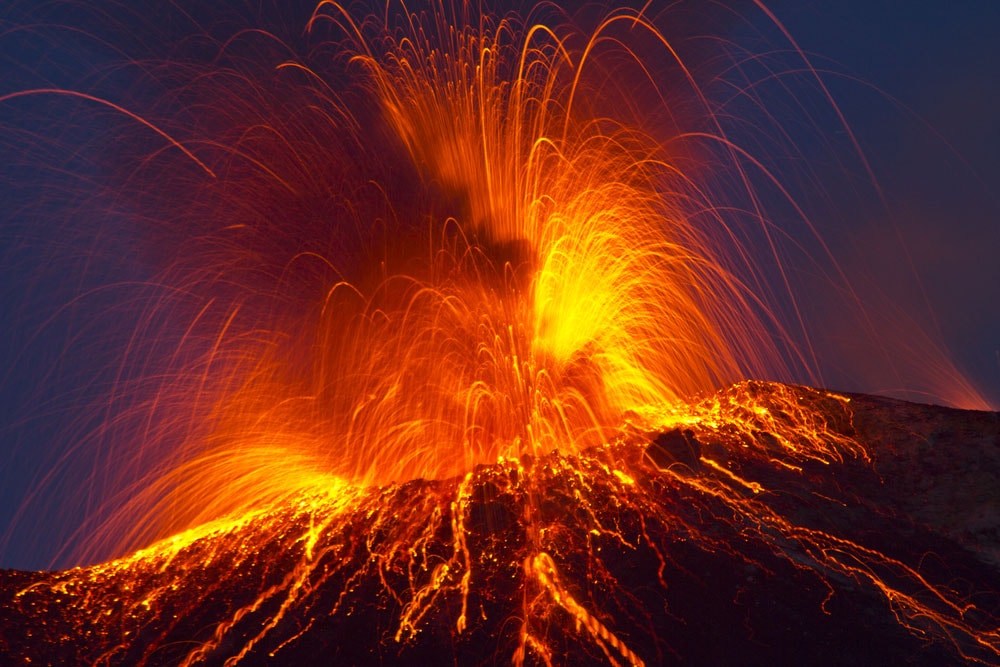
Below, we take you on a journey to discover Italy’s most remarkable volcanoes, exploring their geological features, historical significance and cultural impact. Whether you’re a hiker, history buff or are simply drawn to the raw beauty of nature, Italy’s volcanoes never fail to enthral.
Italy’s living volcanoes
Italy is home to some of the most active volcanoes on Earth, each offering a unique combination of natural beauty, scientific intrigue and historical significance. Among these, Mount Etna and Stromboli stand out as must-visit destinations for adventurers, nature enthusiasts and history lovers alike.
Stromboli: lighthouse of the Mediterranean
The island of Stromboli rises dramatically from the Tyrrhenian Sea, where the eponymous volcano sits, renowned for its violent bursts of molten lava, ash and rock. Hence, the term ‘Strombolian’ is used to describe comparable activity in other locations. Stromboli’s eruptions are visible for long distances; as such, it is known as the ‘Lighthouse of the Mediterranean’.
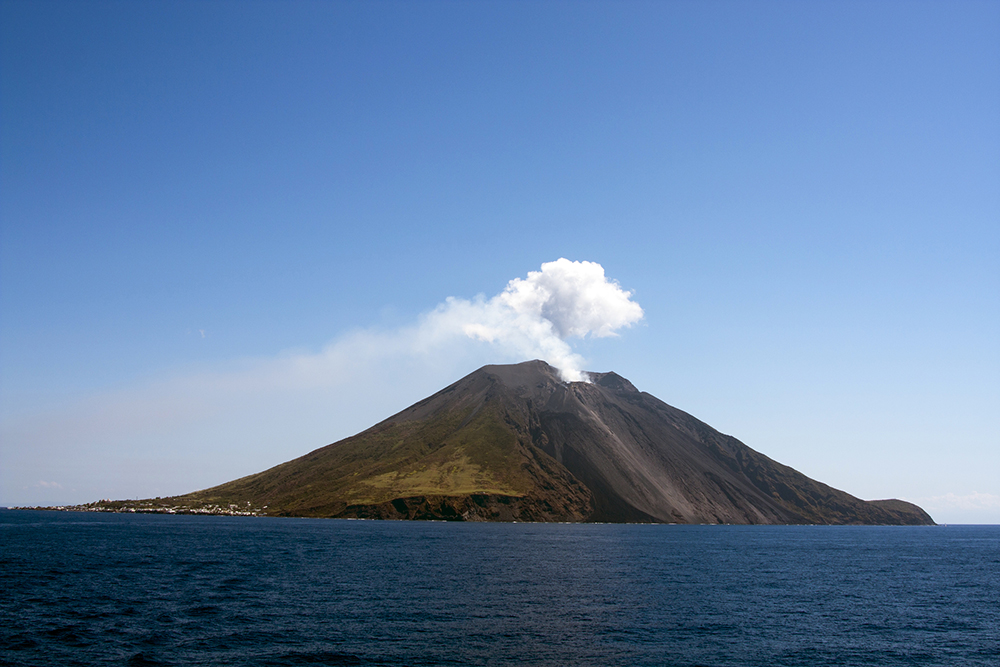
The peak is similar to Hawaii’s Mauna Kea, in that it begins 1,000m below the surface of the sea before climbing 924m above. Guided night hikes to the Sciara del Fuoco (Stream of Fire) offer unforgettable views of molten lava cascading down the slopes into the sea.
Mount Etna: Europe’s tallest active volcano
In Sicily, UNESCO-listed Mount Etna, the tallest active volcano in Europe, dominates the landscape with its snow-capped peaks and smoking craters.
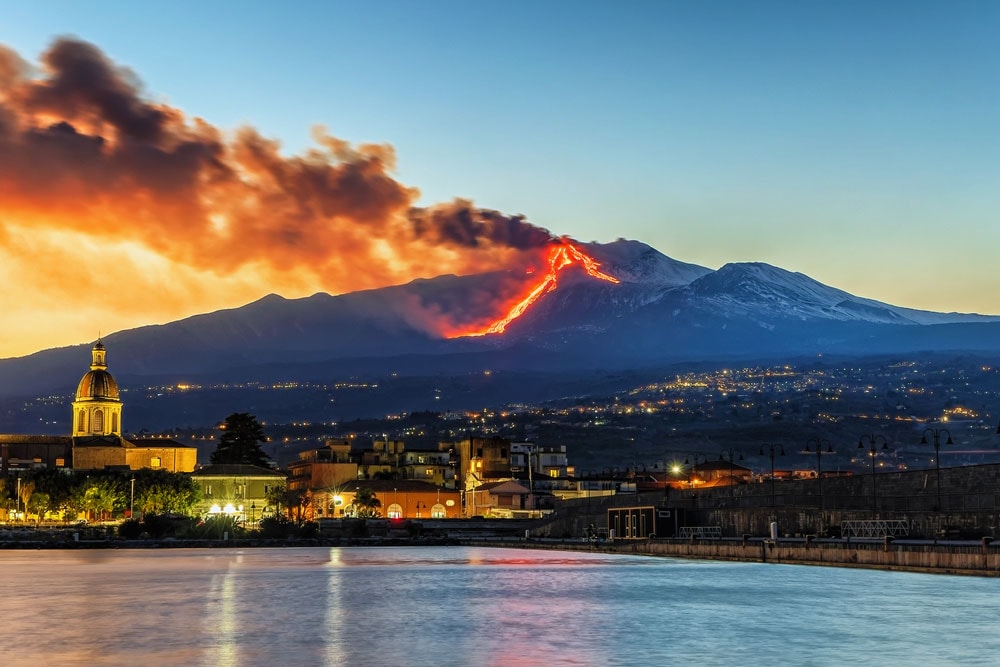
The volcano is a hub of outdoor activities, including hiking, skiing and exploring ancient lava flows. Visitors can take cable cars and 4×4 vehicles to higher altitudes or venture into lava caves with expert guides.
Italy’s Dormant volcanoes and ancient landscapes
While Italy’s active volcanoes command attention with their fiery displays, the dormant volcanoes and volcanic landscapes reveal a quieter, yet equally fascinating side of the country’s geological heritage.
These regions offer a mix of natural beauty, historical intrigue and recreational opportunities, showcasing how past eruptions have left an indelible mark on the Italian landscape.
Mount Vesuvius: a legendary giant
Towering over the Bay of Naples, Mount Vesuvius is arguably the world’s most famous volcano, thanks to its catastrophic eruption in 79 AD that buried the Roman cities of Pompeii and Herculaneum under layers of ash and pumice. Today, the volcano is part of the Parco Nazionale del Vesuvio, established to preserve its natural environment and provide safe access for visitors.
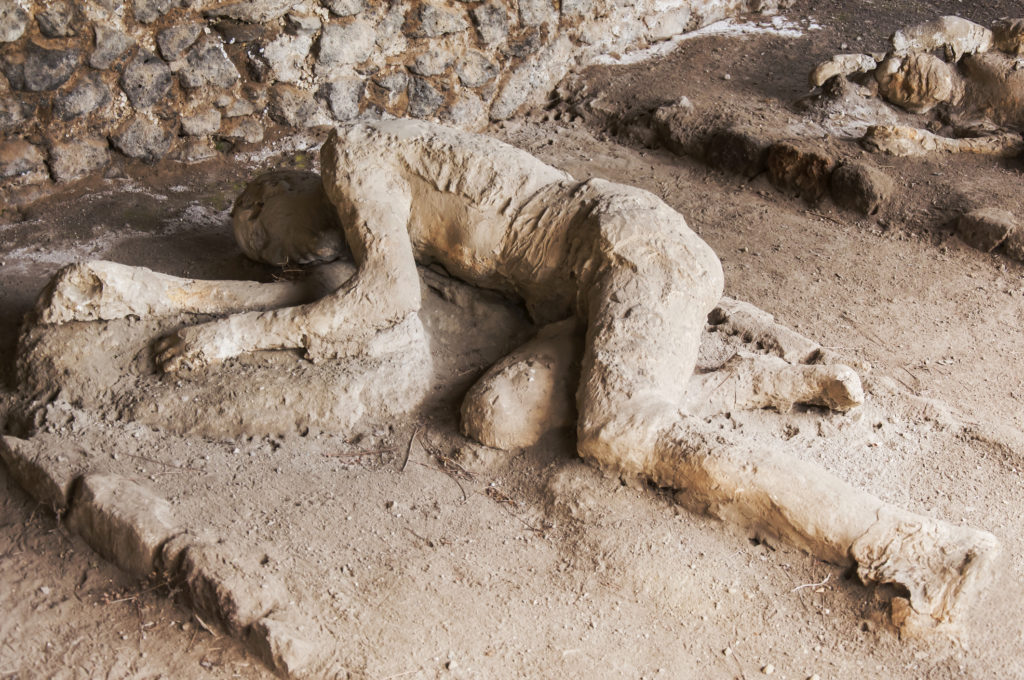
The most popular route for exploring Vesuvius is the Sentiero del Gran Cono (Trail of the Great Cone). This well-maintained path takes you directly to the crater, offering breathtaking views of the steaming vents inside the volcano and sweeping panoramas of Naples, the Bay of Naples and the surrounding coastline. The four-kilometre round-trip trail is accessible to hikers of all levels.
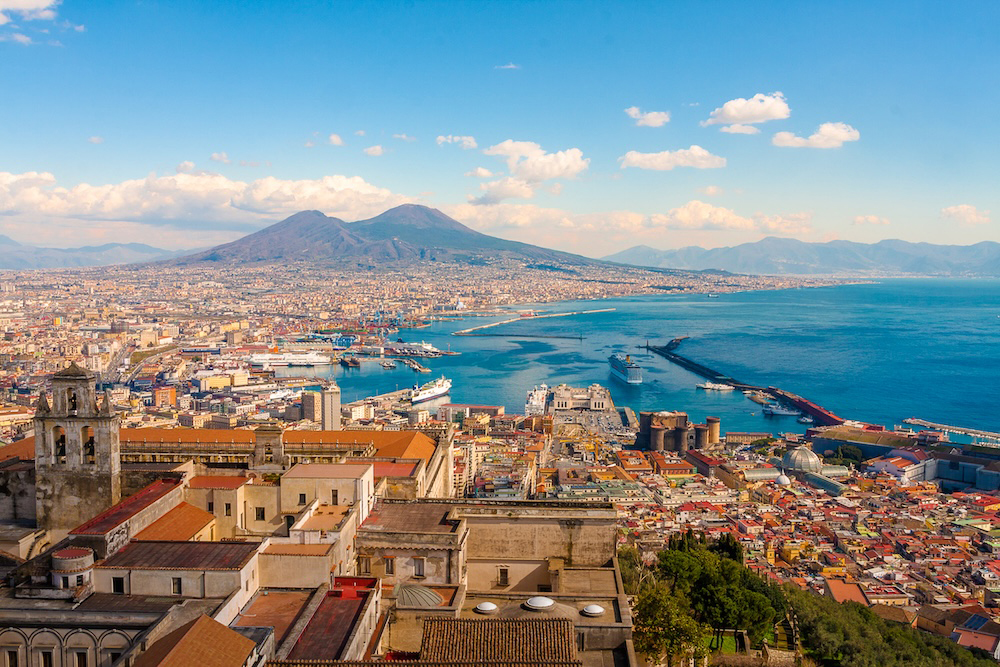
Beyond the Gran Cono, the park features a network of trails that showcase the unique biodiversity and dramatic landscapes formed by centuries of volcanic activity. The Valle dell’Inferno (Valley of Hell) trail leads through lava fields and dense Mediterranean vegetation, offering views of the Monte Somma ridge, an older volcanic formation that partially encircles Vesuvius. For those seeking a more challenging hike, the Monte Somma trail provides an opportunity to explore the remnants of the ancient volcano and enjoy a quieter, less crowded side of the park.
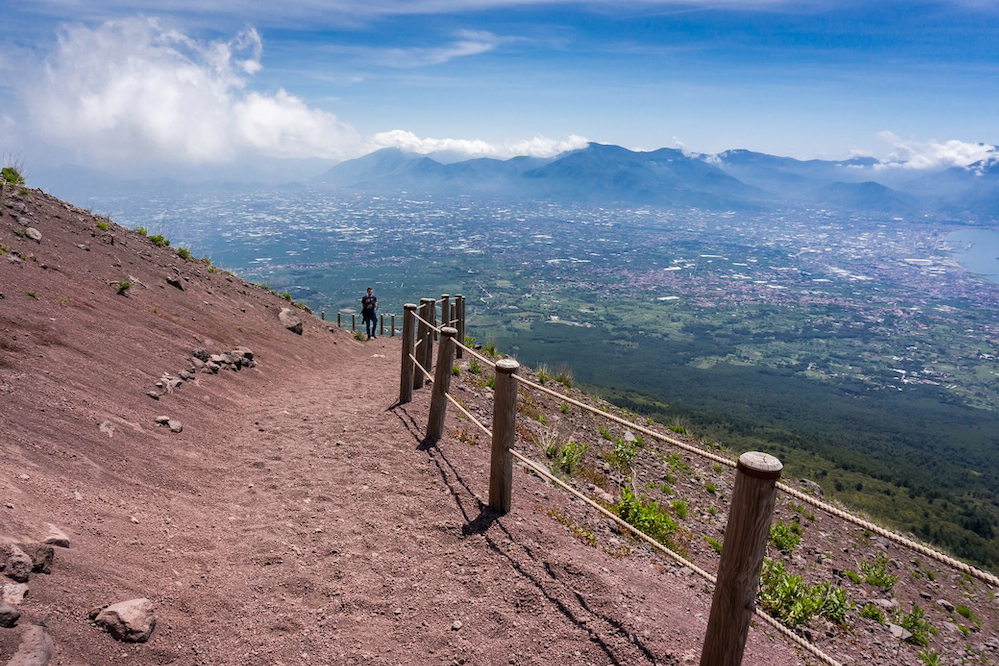
Vesuvius can even be visited by making a quick stop during a broader tour of Italy, especially from a relatively nearby city to Naples, such as Rome, where a high-speed train journey takes just over an hour. Start your adventure by booking a train from Rome to Naples, your gateway to exploring the legendary Vesuvius and nearby attractions.
Campi Flegrei: the sleeping giant
Located just west of Naples, the Campi Flegrei is a sprawling volcanic caldera that is one of the most geologically complex areas in the world. While dormant, it remains an active site of geothermal activity, with fumaroles, hot springs and bradyseismic phenomena (the gradual rising and sinking of the ground).
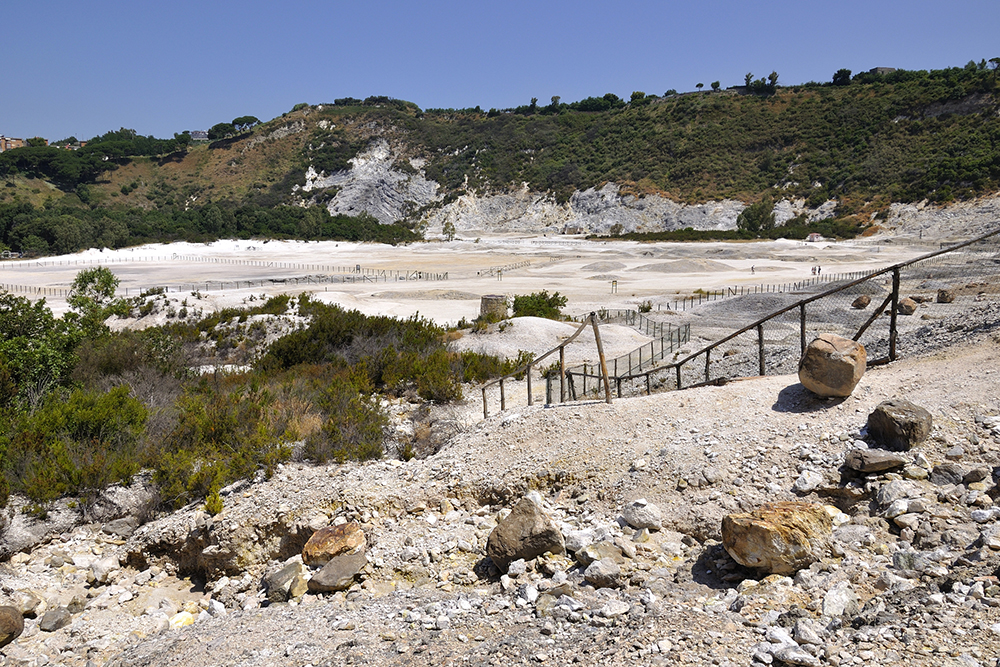
This ancient supervolcano was responsible for some of the largest eruptions in Europe’s history, shaping the Bay of Naples and its surroundings. Visitors can explore sites like the Solfatara Crater, a steaming, sulfurous landscape where bubbling mud pools and fumaroles provide a glimpse of the Earth’s inner workings.
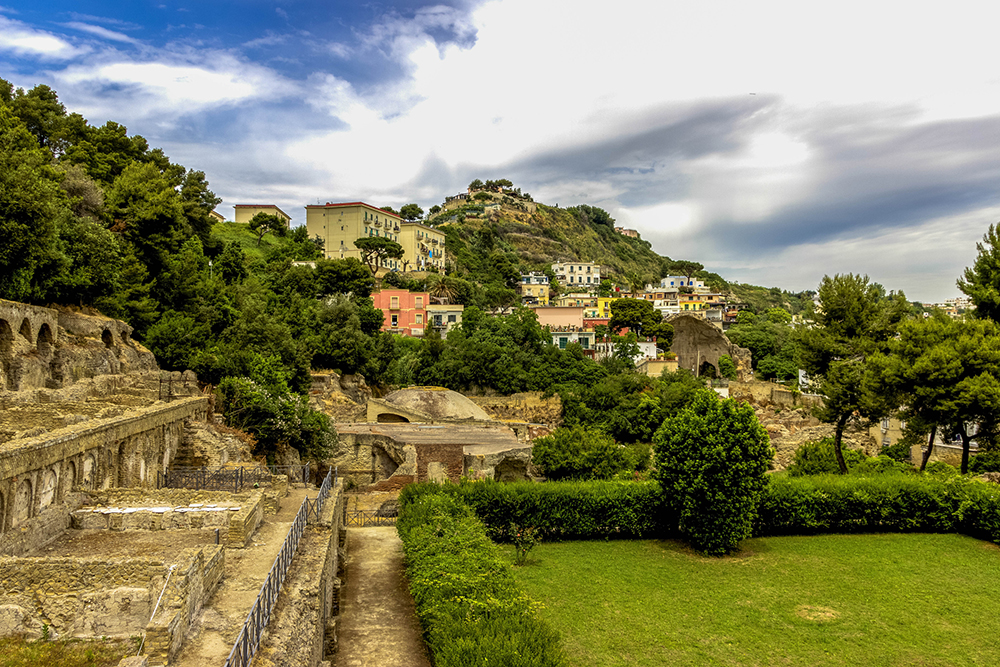
Nearby, the ancient Roman town of Baia offers fascinating ruins of thermal baths, villas and temples, some of which are now submerged underwater due to the volcanic activity.
Lake Bolsena: a quiet volcanic gem
Nestled in the Lazio region, Lake Bolsena is the largest volcanic lake in Europe, formed in the caldera of an extinct volcano. Surrounded by rolling hills and picturesque villages, it offers a serene escape from the hustle and bustle of urban life. The lake is renowned for its crystal-clear waters, which make it ideal for swimming, kayaking and fishing.
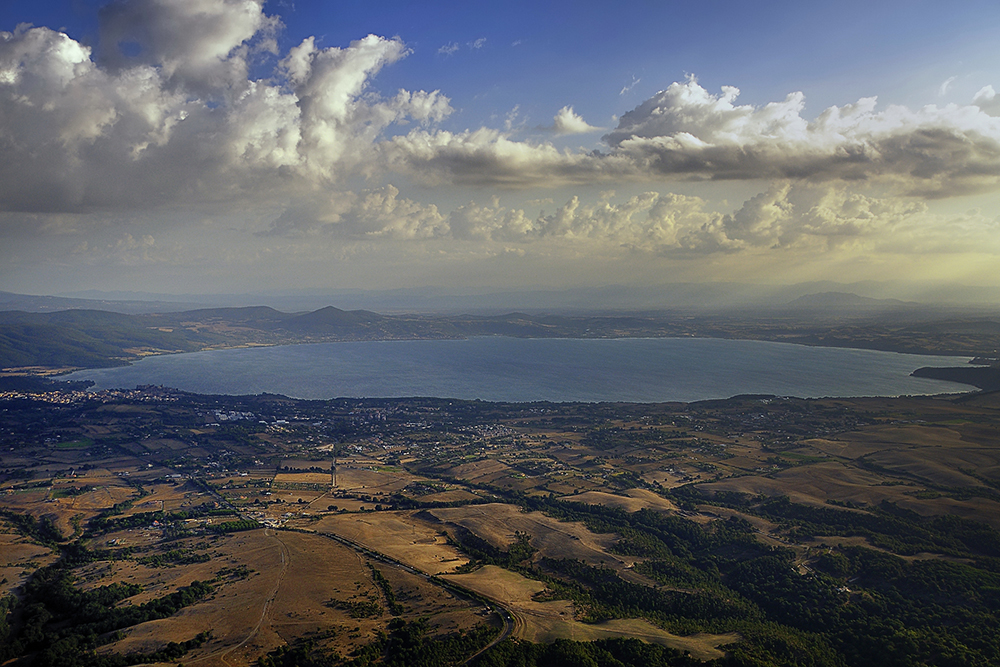
For history enthusiasts, the town of Bolsena is a charming destination with medieval architecture, a historic castle and the Basilica of Santa Cristina, which houses early Christian catacombs. Visitors can also take a boat trip to the lake’s two islands, Bisentina and Martana, both steeped in myth and history.
Lake Albano: the crater lake of Castelli Romani
Closer to Rome lies Lake Albano, a stunning crater lake surrounded by the lush hills of the Castelli Romani region. Historically significant as a summer retreat for the Roman elite, the lake is now a popular spot for rowing, picnicking and hiking. The town of Castel Gandolfo, perched above the lake, is home to the Papal Palace, the summer residence of the Pope, which is open to visitors.
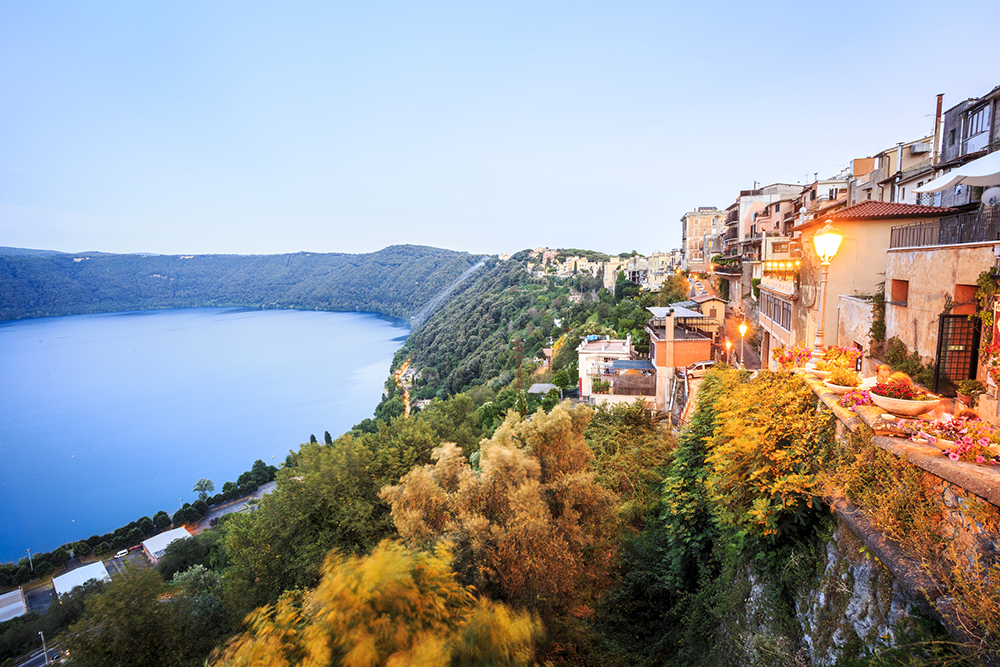
The region also offers a chance to explore the local culinary scene, with its renowned wines and traditional dishes. Don’t miss the opportunity to enjoy a meal at one of the many trattorias overlooking the lake, where you can savour specialities such as porchetta and fresh pasta.
Enjoyed this post? pin it for later…
